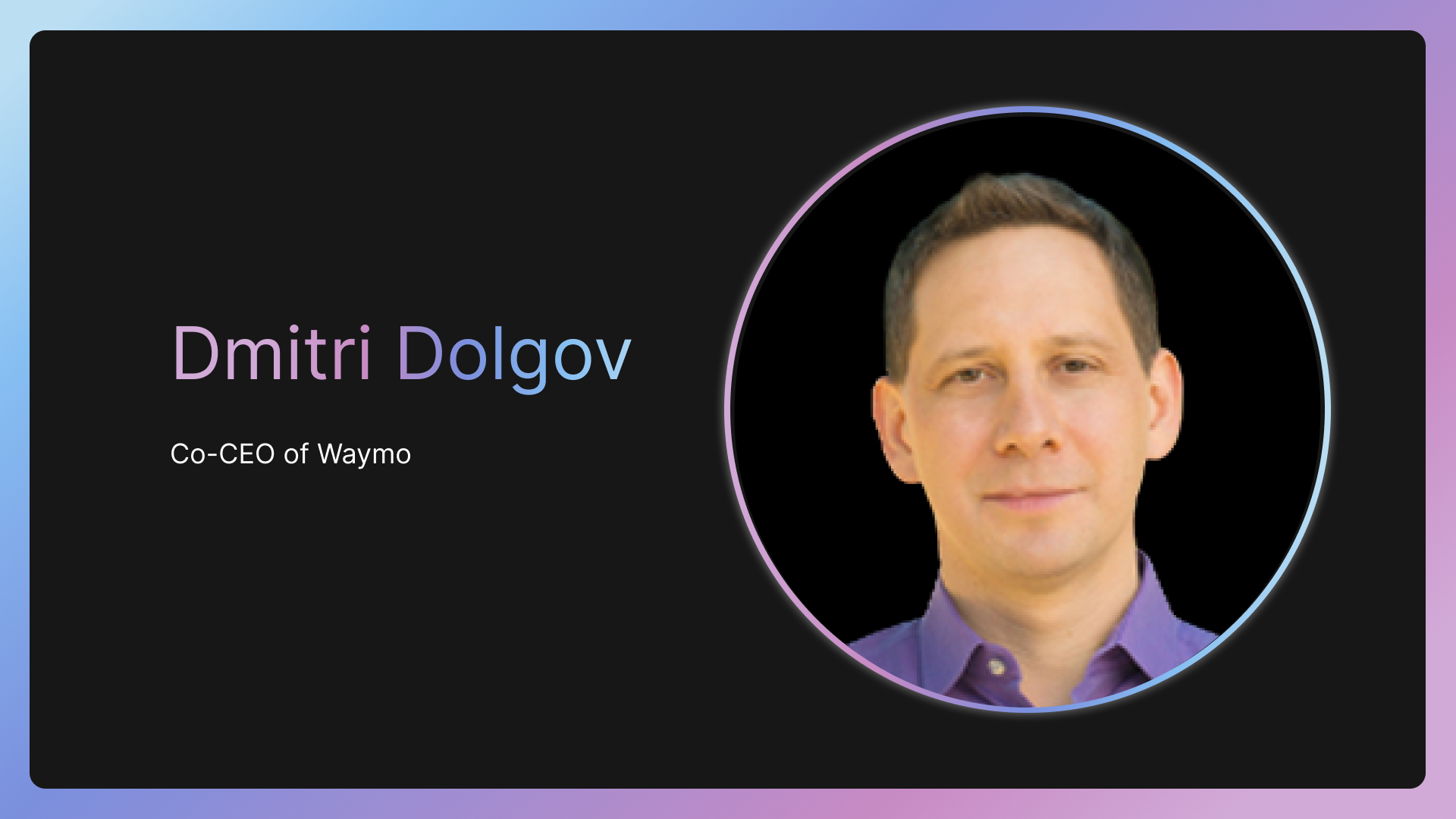Statistically, you might be right that Tesla owners are more likely to pay attention. However, there are lots of examples of Tesla owners not paying attention. I am sure if you captured the in-cabin camera footage from Teslas, you could find lots of examples of Tesla owners doing the exact same thing as those Google employees (texting, checking their phone, putting on make-up etc).
It should also be noted that Tesla requires hands-on wheel whereas the Google experiment allowed hands-off. So that is a big difference. If Tesla allowed hands-off, we might see more cases of Tesla owners not paying attention, just like the Google employees. I doubt if Tesla allowed us to go hands-off that we would all pay attention perfectly 100% of the time just because we are liable.
The bottom line is that Google concluded that hands-off L2 was not a good idea because drivers will get complacent and not pay attention as much as they should. As a result, they cancelled their L2 system and focused on L4 exclusively, arguing that it is better to develop a system, that when finished, won't require any driver supervision.
(edited for clarity and typos).





